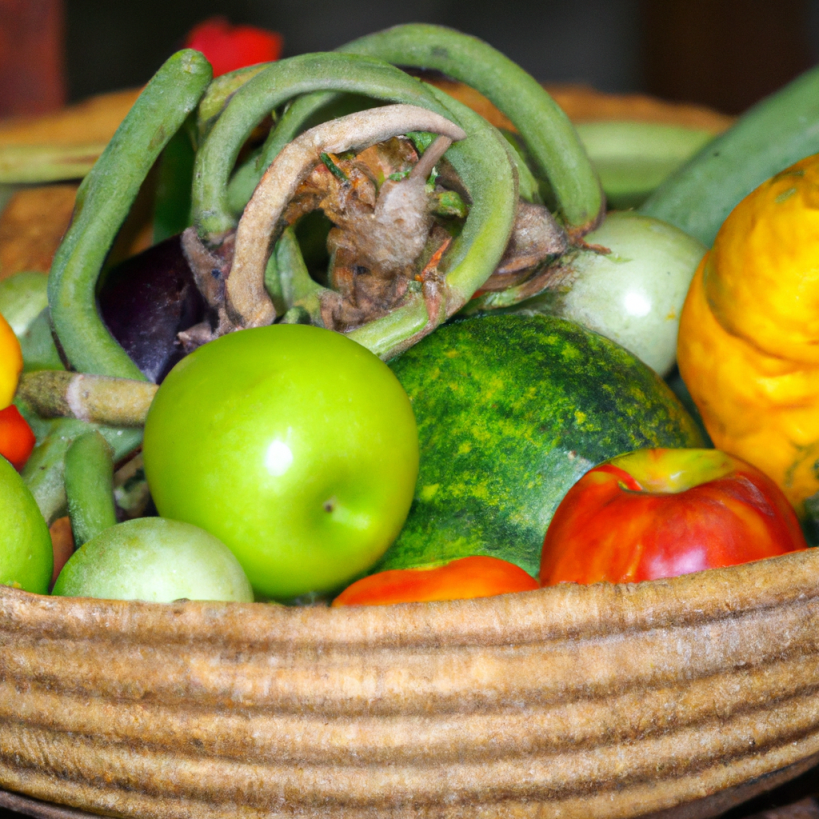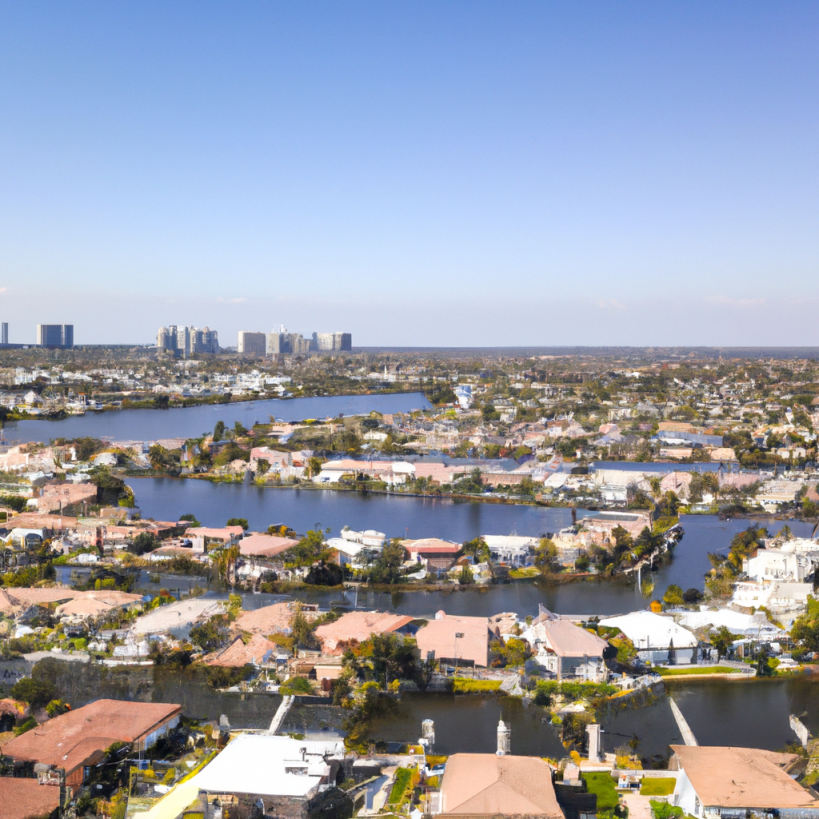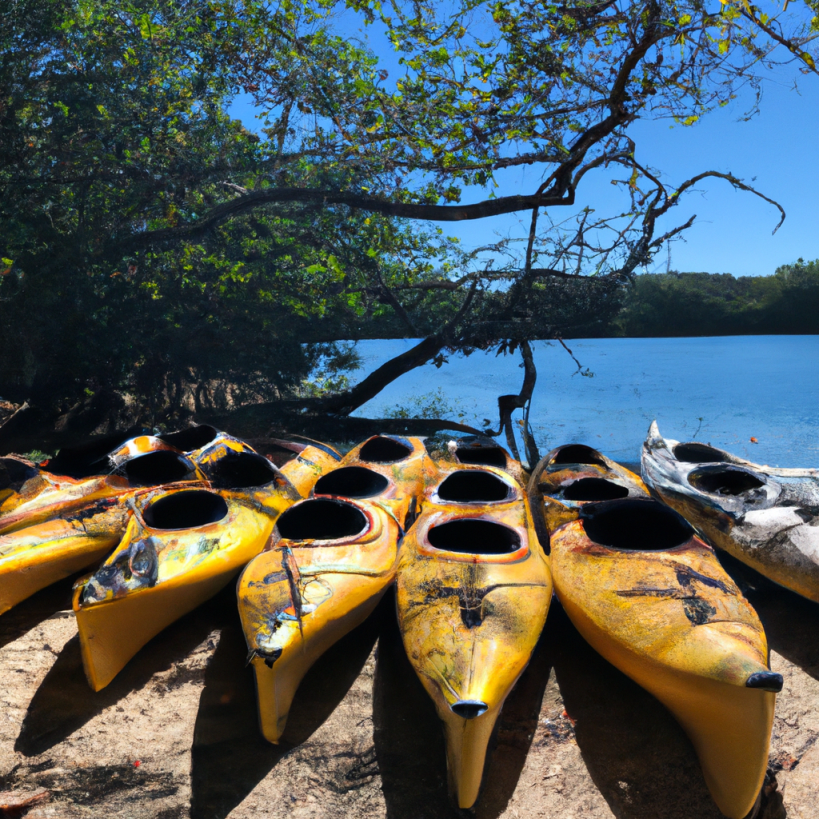Birds of South Florida identification: Hey, kids and bird fans! Do you like to see birds? Do you hear birds sing? You are in the right spot! South Florida has lots of kinds of birds. Some are big, and some are small.
Guess what? Knowing bird names is more than just fun. It helps us take care of Earth and learn cool stuff. Are you new to watching birds? Or are you a bird fan already? This guide is for you!
Get your looking glass. Let’s learn about the Birds of South Florida identification!
Common Birds of South Florida
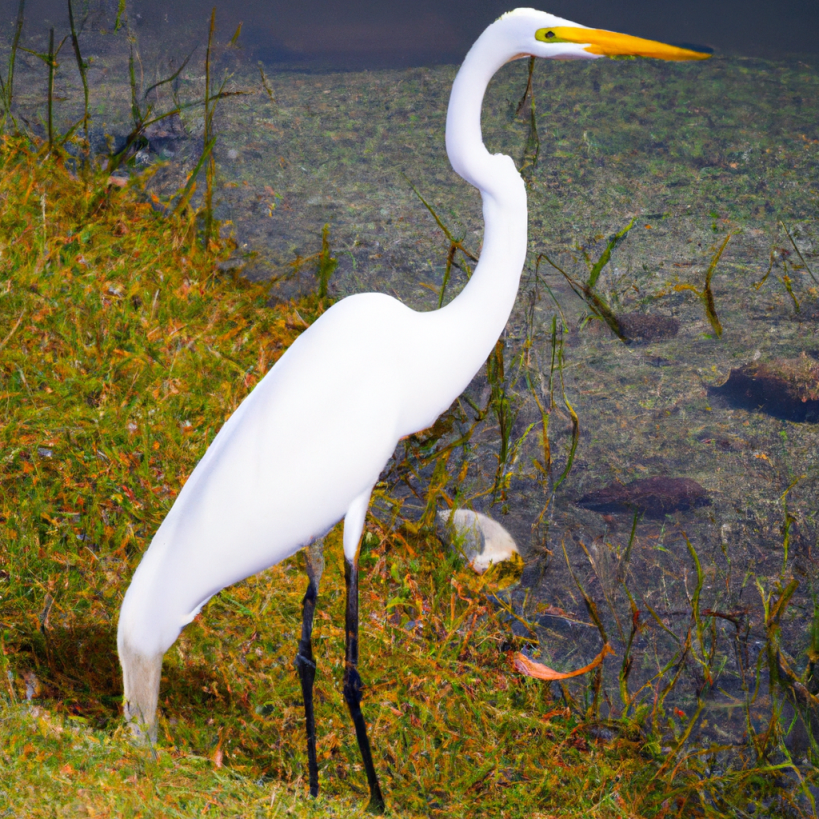
Birdwatchers and bird-loving friends! South Florida is a birdwatching paradise packed with all sorts of interesting feathered creatures. But before you go looking for rare birds, let’s get to know some of the birds you’ll likely see a lot of. Here are some of the common birds you can find in South Florida, what they look like, and where they love to hang out.
Northern Cardinal
- What it Looks Like is Bright red feathers for males and brownish for females, with a cool crest on their heads.
- Where it Lives: Gardens, forests, and even backyards.
- What it Does: They love to sing and eat seeds. You’ll often hear their “cheer-cheer” call.
Great Egret
- What it Looks Like: It’s a big bird with all-white feathers and long, skinny legs.
- Where it Lives: Wetlands and Ponds.
- What it Does: Likes to stand super still in the water to catch fish.
American Robin
- What it Looks Like Orange belly and dark gray back.
- Where it Lives: Parks, gardens, and lawns.
- What it Does: Hops along the ground, looking for yummy worms.
Mourning Dove
- What it Looks Like is Light gray with a slender body.
- Where it Lives: Almost anywhere, from trees to ledges.
- What it Does: Makes a soft “cooing” sound and is often seen in pairs.
Osprey
- What it Looks Like: Brownback and white belly, with a white head and dark eye stripe.
- Where it Lives: Near water bodies like lakes and rivers.
- What it Does: It’s a fish-eating champ! Watch it dive to catch fish.
Red-winged Blackbird
- What it Looks Like All black with red and yellow patches on the wings.
- Where it Lives: Marshes and wetlands.
- What it Does: Makes a loud “konk-la-ree” sound and is often seen perched on reeds.
Blue Jay
- What it Looks Like is Bright blue with a white belly and a cool crest.
- Where it Lives: Woods, gardens, and parks.
- What it Does: They’re curious birds that love to collect shiny things.
Birds of South Florida Identification Techniques
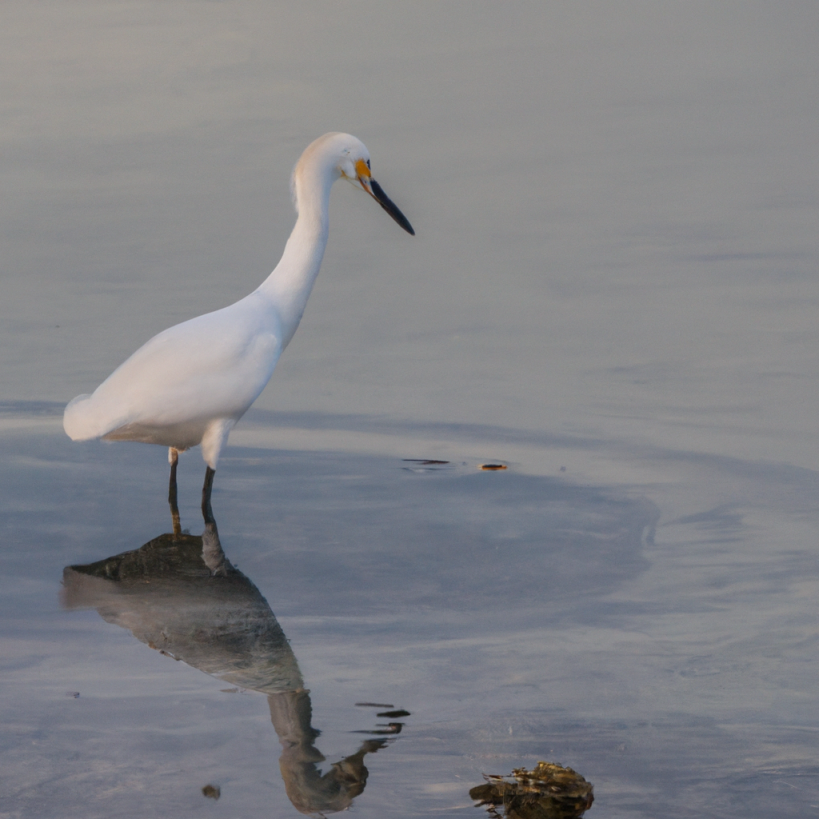
South Florida is home to some super-cool birds. Knowing which bird you’re looking at can be tricky. No worries! We’re here to help you become a bird-identifying pro. Let’s dive into some fun ways to figure out who’s who in the bird world!
Using Binoculars
First things first, grab some binoculars! They make far-away birds look super close. Binoculars are your best friend when birds are up in trees or flying in the sky. Get some that are easy to carry and make everything look bright and clear.
Guidebooks and Field Guides
Guess what? There are whole books filled with pictures and facts about birds. These are called bird guidebooks. They’re like your birdwatching dictionary! You can learn about a bird’s size, colors, and where they like to hang out. Have a guidebook with you, and you’ll be naming birds in no time!
Mobile Apps
If you love your phone, you’re in luck! There are apps just for birdwatchers. Apps like Merlin Bird ID and Audubon Bird Guide have tons of bird songs and pictures. You can even take quizzes to test how much you know. So, go ahead and download one; it’s like having a bird guide in your pocket!
Bird Songs for Identification
Birds love to sing, and each kind of bird has its special tune. By listening to their songs, you can tell which bird is singing without even seeing it! You can learn these songs from bird song apps or websites. Soon, you’ll be saying, “Hey, that’s a cardinal singing!”
Birds of Florida Identification vs. Birds of South Florida
What’s the big deal about South Florida birds? Aren’t they the same as birds found all over Florida? Well, not exactly! South Florida has its own special set of birds that make it unique. Let’s dive in and see what sets them apart.
Birds All Over Florida
First, let’s chat about birds that you can find in many parts of Florida. Some of these birds are well-traveled and don’t mind where in Florida they are. You might find:
- Northern Mockingbird: The state bird of Florida. It’s gray and loves to sing a lot!
- Brown Pelican: Often seen by the sea and likes to dive for fish.
- Bald Eagle: Yep, the national bird likes Florida, too! in winter.
Special Birds of South Florida
Now, here’s the fun part. South Florida has some birds you won’t easily find in other parts of Florida. What makes them unique?
- Roseate Spoonbill: This bird has a spoon-shaped bill and loves the wetlands of South Florida.
- White-crowned Pigeon: Found mainly in the Florida Keys, it has a nifty white crown on its head.
- Mangrove Cuckoo: Lives in—you guessed it—mangroves! It’s a bit shy but totally cool.
What Makes South Florida Birds Unique?
- Habitat: South Florida has unique habitats like the Everglades and the Keys, where some birds only live.
- Tropical Influence: The closer to the equator, the more “tropical” birds you’ll find.
- Migratory Stop: South Florida is often the first or last stop for birds migrating to or from the Caribbean.
So, What’s the Big Deal?
Knowing the difference between birds that hang out all over Florida and those that choose South Florida as their home can make your birdwatching even more exciting. So the next time you spot a bird in South Florida, you’ll know what makes it extra special!
Black Birds of South Florida
Bird lovers! Ever notice those dark-feathered fellows flying around South Florida? They’re not just any birds; they’re some of South Florida’s unique blackbirds! Let’s learn more about them.
Common Black Birds You’ll See
- Boat-tailed Grackle: This bird is hard to miss with its long tail that looks like a boat. You’ll often see it near water.
- Common Grackle: Similar to the boat-tailed, but it prefers to hang out in urban areas.
- Red-winged Blackbird: This one’s a show-off with bright red patches on its wings. Look for it in marshy areas.
- Shiny Cowbird: As the name suggests, this bird has shiny feathers. It’s usually found in open fields and grasslands.
- European Starling: Not native but now calls Florida home. It has dark feathers with a purple or green shine.
What Makes Them Special?
- Feathers: These birds usually have glossy feathers that can look purple, blue, or green in the sunlight.
- Sounds: Each of these blackbirds has a unique call or song. Some even mimic other birds!
Where to Spot Them
- Near Water: Many blackbirds, like the grackles, prefer to be near water. So, lakes and ponds are a good start.
- Open Fields: Birds like the Shiny Cowbird love open fields and grasslands.
- Urban Areas: Some, like the Common Grackle, are okay with bustling cities.
Why Know About Black Birds?
If you’re out bird-watching, knowing your blackbirds can make your day more exciting. These birds are often easy to spot, making them perfect for beginners!
Large Birds of South Florida
Have you ever seen a really large bird and wondered what it is? In South Florida, you’ll find some large birds that are truly amazing. Let’s talk about herons and eagles, two kinds of large birds you might spot.
What Makes Them Special?
- Herons: These birds have long, graceful necks and tall legs. They stand still in the water, waiting for a fish to swim by.
- Eagles: These are powerful birds with wide wings and strong beaks. They can fly really high and have keen eyesight to spot prey from the sky.
Where to Find Them
- Herons: You’ll often find herons near water. They like lakes, rivers, and ponds.
- Eagles: These birds prefer being up high. Look for them in tall trees or watch the sky; you might see one soaring.
Small Birds of South Florida
Ready to meet some of South Florida’s smallest winged wonders? Let’s zoom in on these tiny birds that might be easy to miss but are big on personality!
Common Small Birds to Look For
- Carolina Wren: A tiny bird with a big voice. Look for its white belly and rusty brown back.
- Painted Bunting: This bird is a splash of color with its blue head, red belly, and green back.
- Black-throated Blue Warbler: True to its name, it has a blue back and a black throat.
- American Goldfinch: A small yellow bird with black wings. It’s a real beauty!
- Ruby-throated Hummingbird: This tiny bird is famous for its fast wings and bright red throat.
Tips for Spotting Them
- Look Low: These birds are often found in shrubs or low branches.
- Listen: Their songs or calls are usually loud, making them easier to locate.
- Timing: Early morning or late afternoon is usually the best time to spot these birds.
Where to Find Them
- Gardens: Many small birds love gardens full of flowers and bushes.
- Parks: Local parks with lots of trees and shrubs are a great place to start.
- Near Feeders: Many of these small birds love to visit bird feeders, so keep an eye out!
Why Care About Small Birds?
Knowing about these tiny birds adds an extra layer of fun to your birdwatching adventures. Plus, their bright colors and loud songs make them super interesting!
Water Birds of South Florida
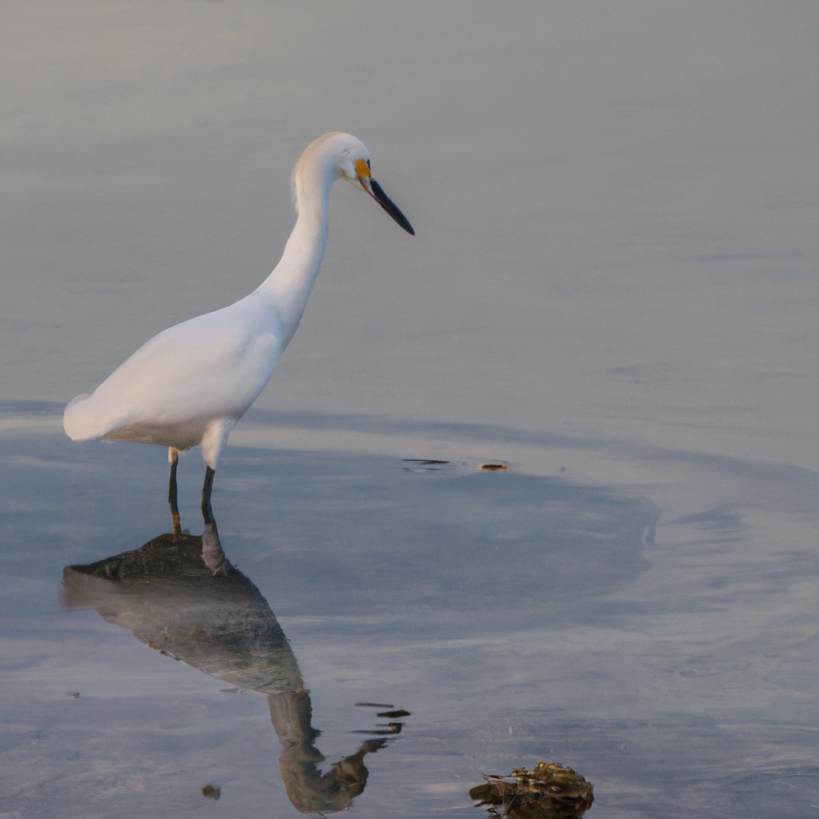
Let’s find out who these water-loving wonders are, where to spot them, and what makes them so special.
Common Water Birds You’ll See
- Great Egret: This tall bird is all white with a yellow beak. You’ll often see it standing still in shallow water, waiting for fish.
- Anhinga: Often called the “snake bird,” it swims with only its neck and head above water. It has a sharp beak for catching fish.
- Brown Pelican: This big bird loves to dive for fish. It has a brown and white body and a large beak.
- Roseate Spoonbill: This bird is easy to spot thanks to its pink feathers and spoon-shaped bill.
- Osprey: This bird of prey loves to hunt fish. Look for its white head and dark eye stripe.
How They Act
- Fishing Skills: Many of these birds are expert fishers. They have unique ways of catching their meals.
- Group or Solo: Some water birds like to hang out in groups, while others prefer to be alone.
- In Flight: Watch how they fly. Some skim the water, while others soar high.
Where to Spot Them
- Lakes: Many water birds love the calm waters of a lake.
- Rivers: Fast-flowing rivers attract certain types of fishing birds.
- Marshes: The shallow waters are perfect for wading birds.
Why These Birds Are Awesome!
Water birds add a splash of excitement to your birdwatching. Their fishing skills are amazing to watch, and their behaviors are fascinating.
Backyard Birds of South Florida
South Florida is home to some delightful birds that love to visit gardens and backyards.
Common Backyard Visitors
- Northern Cardinal: This bright red bird is a real showstopper. The females are brown but also have a red beak.
- Blue Jay: Known for their blue feathers and noisy calls, these birds are easy to spot.
- Mourning Dove: These quiet birds have a soft gray color and a unique cooing sound.
- House Sparrow: Small and brown, these birds are often found near buildings.
- Mockingbird: These birds can imitate other birds’ songs, so listen carefully!
What Attracts Them?
- Food: Bird feeders filled with seeds, suet, or fruit can attract a variety of birds.
- Water: A bird bath or small pond can bring in birds that like to bathe and drink.
- Plants: Native plants can provide natural food like berries and seeds.
Fun Tips for Attracting More Birds
- Feeders: Use different types of feeders to attract different birds.
- Hide and Seek: Place feeders and baths near bushes where birds can hide from predators.
- Be Consistent: Keep your feeders filled and your bird bath clean to keep the birds coming back.
Why Your Backyard is a Bird Haven
Your backyard can be a safe and welcoming place for birds. They can find food, water, and shelter there. Plus, it’s super fun to watch them!
Wading and Shore Birds of South Florida
South Florida’s coasts and wetlands are like a VIP lounge for wading and shorebirds. These birds have special features that let them thrive near water.
Stars of the Shoreline
- Great Egret: This tall bird has pure white feathers and a long, yellow beak. You’ll often see it standing still in the water, waiting for fish.
- Sandpiper: Small and quick, sandpipers have brownish-gray feathers and love to run along the shoreline.
- Roseate Spoonbill: This bird is famous for its pink color and spoon-shaped beak. It likes to sweep its beak side-to-side in the water to catch food.
- Blue Heron: With its long legs and neck, the Blue Heron is easy to spot. It’s mostly gray and loves both fresh and saltwater habitats.
- Pelican: These large birds have a big bill that they use like a net to catch fish. They often fly in a line over the water.
How Do They Survive Near Water?
- Long Legs: Many wading birds have long legs to help them walk in shallow water.
- Special Beaks: Each bird has a beak that is perfect for catching its favorite food.
- Camouflage: Their feathers often match the colors of their habitat, making it easier for them to hide from predators.
Behavior Watch: What Are They Doing?
- Fishing: Many of these birds are excellent anglers. Watch how each one has a unique way of catching its meal!
- Socializing: Some birds like to hang out in groups, especially during migration seasons.
- Nesting: Look out for nests in tall grasses or low trees, especially during springtime.
Fun Tips for Shore Birdwatching
- Tide Timing: The best time to watch these birds is during low tide when they come out to feed.
- Quiet Approach: Move slowly and quietly so you don’t scare the birds away.
- Bring Binoculars: These will help you get a closer look without disturbing the birds.
White Birds and South Florida Songbirds
Did you know South Florida is home to some of the most graceful white birds? Let’s find out who these elegant creatures are!
- Snowy Egret: This bird has pure white feathers and black legs. You’ll often see it near water, looking for fish.
- Ibis: With a curved beak and white feathers, the ibis is easy to spot. It’s often found in groups near water.
- White Pelican: Unlike the brown pelican, this one is all white and is usually seen in freshwater areas.
- Tern: This small white bird loves the ocean. It’s often seen diving for fish.
Where and When to Watch
- Mornings and Evenings: These birds are most active during these times.
- Lakes and Rivers: These are perfect spots for seeing white birds like egrets and pelicans.
South Florida Songbirds: Sing, Sing, Sing!
Love to wake up to the sound of birds singing? Here are some songbirds you can hear in South Florida!
- Northern Cardinal: This bird has a very loud and clear whistle. It’s often found in gardens and parks.
- Mockingbird: It can copy other birds’ songs and even car alarms!
- Warbler: With a cheerful tune, singers are often high up in the trees.
Features
- Bright Colors: Many songbirds, like the cardinal, have bright colors.
- Small Size: Most songbirds are small but have strong voices.
Best Times and Spots to Listen
- Early Morning: This is when the songbirds are most active.
- Forests and Gardens: These areas are songbird hotspots.
Tips for Enjoying Songbirds
- Quiet Places: Choose a quiet spot for the best experience.
- Listening Apps: Some apps can identify bird songs for you.
Birds of South Florida Pictures and Images
Snowy Egret
- Caption: A Snowy Egret wading through water with its stunning white feathers.
Northern Cardinal
- Caption: The vibrant red color of a Northern Cardinal makes it easy to spot against the green foliage.
Ibis
- Caption: A group of Ibis birds probing the ground for food with their curved beaks.
Mockingbird
- Caption: A Mockingbird perched on a branch, ready to mimic the next sound it hears.
White Pelican
- Caption: White Pelican gliding gracefully over a freshwater lake.
Conclusion
So, there you have it, folks! From the commonly seen birds to the special ones that love water, South Florida is a birdwatcher’s paradise.
Additional Resources
Books
- “Birds of Florida Field Guide” by Stan Tekiela
- “American Birding Association Field Guide to Birds of Florida” by Bill Pranty
Websites
- All About Birds: A comprehensive online resource for bird identification.
- eBird: A citizen science project that allows you to record your bird sightings.
Apps
- Merlin Bird ID: Helps you identify birds through pictures and sounds.
- Audubon Bird Guide App: A free and complete field guide to over 800 species of North American birds right in your pocket.
Local Groups and Forums
- South Florida Birdwatching Meetup: Connect with local birdwatchers.
- Florida Birding Trail: A network of trails and sites for the avid birdwatcher.
- So, what are you waiting for? Get out there and start birdwatching today!
FAQs
Q1: What birds do you see a lot in South Florida?
Answer: You often see birds like the Northern Cardinal, Snowy Egret, and American Crow in South Florida.
Q2: Do I need special stuff to watch birds?
Answer: You don’t have to, but binoculars and a bird book can make it more fun!
Q3: What’s the best time to watch birds here?
Answer: Winter is a great time for birdwatching in South Florida because lots of birds are around.
Q4: Is there a phone app for birdwatching?
Answer: Yep! Apps like Merlin Bird ID and the Audubon Bird Guide App can help you know what bird you’re looking at.
Q5: Are there special birds only in South Florida?
Answer: Yes! Some birds love the warm weather in South Florida, and you won’t find them in other parts of the state.
Q6: Where are good places to watch birds?
Answer: Places like Everglades National Park and Corkscrew Swamp are awesome for seeing birds.
Q7: What do wading birds look like?
Answer: Wading birds like herons and egrets have long legs and beaks. You’ll often see them in shallow water.
Q8: How can I know what bird is in my yard?
Answer: You can use a bird book, an app, or even ask people online. Look at the bird’s size, color, and beak to help figure it out.
Q9: Do different birds come at different times of the year?
Answer: Yes! Some birds are only here for part of the year. Others stay all year long.
Q10: Can I join a group to watch birds with other people?
Answer: Absolutely! There are groups and online places where you can meet people who also like to watch birds.

A renowned expert on tea parties, holds a deep understanding of the South Florida tea party scene and has extensive knowledge about tea parties across the globe.
With a rich background spanning several years, they have immersed themselves in the traditions, nuances, and cultural aspects of tea gatherings worldwide.
writings reflect a blend of firsthand experience and scholarly research, offering readers an authentic and comprehensive perspective on the world of tea parties.









